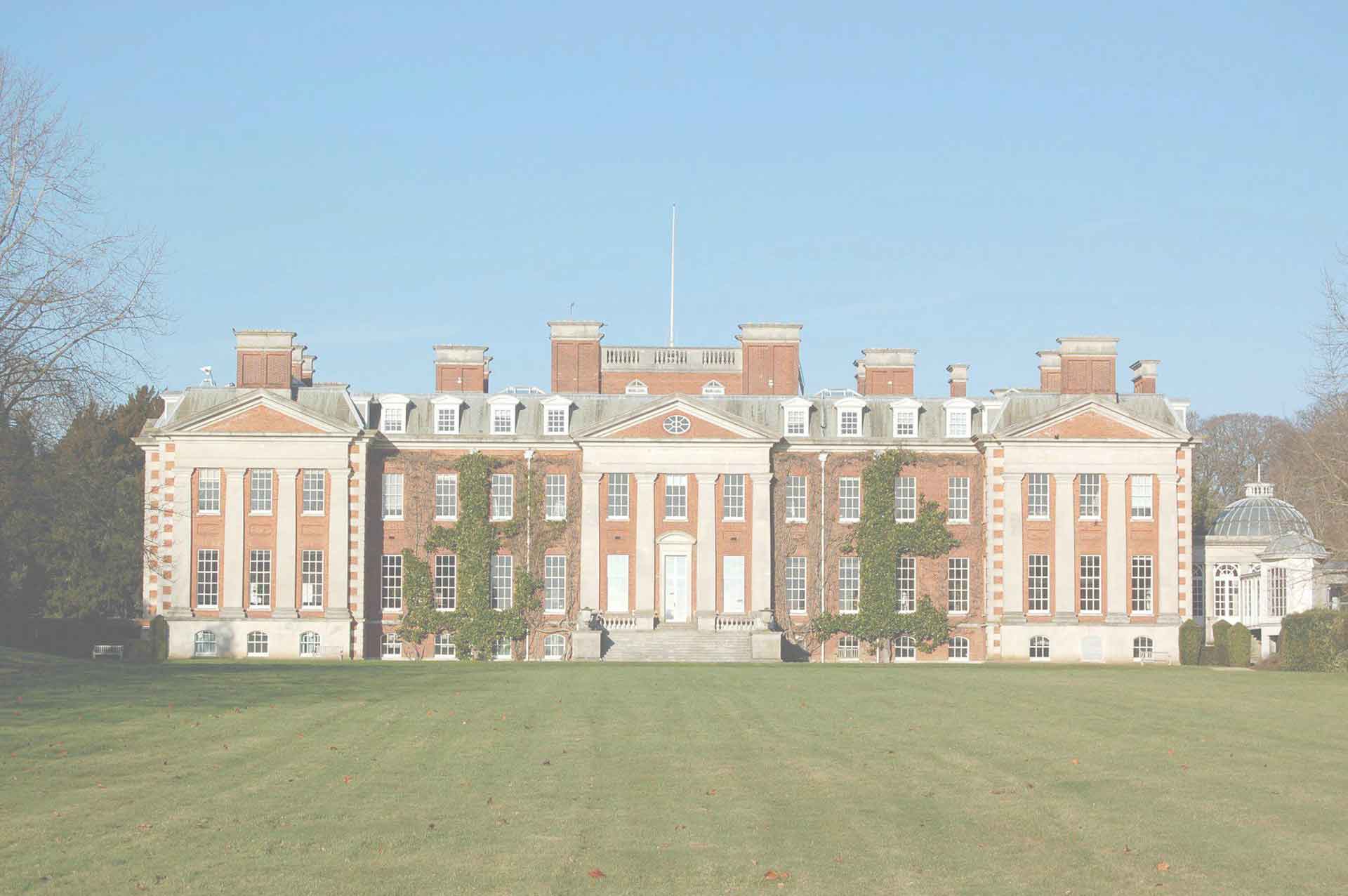Forgotten Voice
Name: |
Martin West | Department: |
Punch and Verifier / 360 hardware engineer, Software CE |
Location: |
Hursley | When: |
|
Date Joined: |
1st September 1968 | Date Left: |
July 2000 |
| Local Display Terminal Simulator - LDTS | |||
This came as an offshoot of the MVS tuning workshops that we, the ISC (Installation Support Centre) ran at Hursley. To simulate the workload we ran a batch job. One of the team members said it would be nice if could run a terminal workload. The only way to do this at the time was to run TPNS (Teleprocessing Network Simulator) which required as a minimum an addition CPU and a couple 3705s (not cheap) and took weeks to setup. My initial thinking was that it was to difficult to simulate a 3270 type device, so I wrote a simulator for a 2741 (a type writer terminal ). To make it as realistic as possible I created a hook in the MVS IO schedular where I could simulate the channel IO for a psuedo terminal. The MVS IO schedular hook was later assimilated into the main MVS source code. This worked pretty well and enabled us to simulate a TSO workload. I then had a brainstorm, I had thought that to simulate a 3270 you would need a buffer for each terminal, that would make the amount of storage required for the simulator impact the system to much. The spark was to not use a buffer and just send the IO data, that would have come from a real 3270, into the IO schedular hook. The IO schedular hook simulated the initiation of the IO to the channel and the resulting channel interrupt from the completion of the IO. It worked a treat. It was adopted by MVS Development in Poughkeepsie, IMS development in Santa Teresa, disk manufacturing in Tuscon and other places. On the first deployment in Poughkeepsie they achieved meaningful results on the same day. It was six weeks later they obtained results from the TPNS project. It saved IBM a 7 figure sum in equipment and peoples time. I received a cheap canteen of cutlery as an award. I later submitted it to the Field Developed Program scheme, I was in field engineering at the time. I fought very hard for them not to release the source. The first to buy it was Amdahl. It became a requirement for a lot of benchmark systems. Then came catch 22, I submitted a request to the FDP scheme to upgrade it to the next version of MVS but they wouldn't until the sales improved but the customers had moved on to the next version already and obviously would not buy the out dated version. So Poughkeepsie assigned a three man team to take over the development of it. They never achieved my quality, I didnt have one bug reported. It was was about 36k lines of assembler code. |
|||

